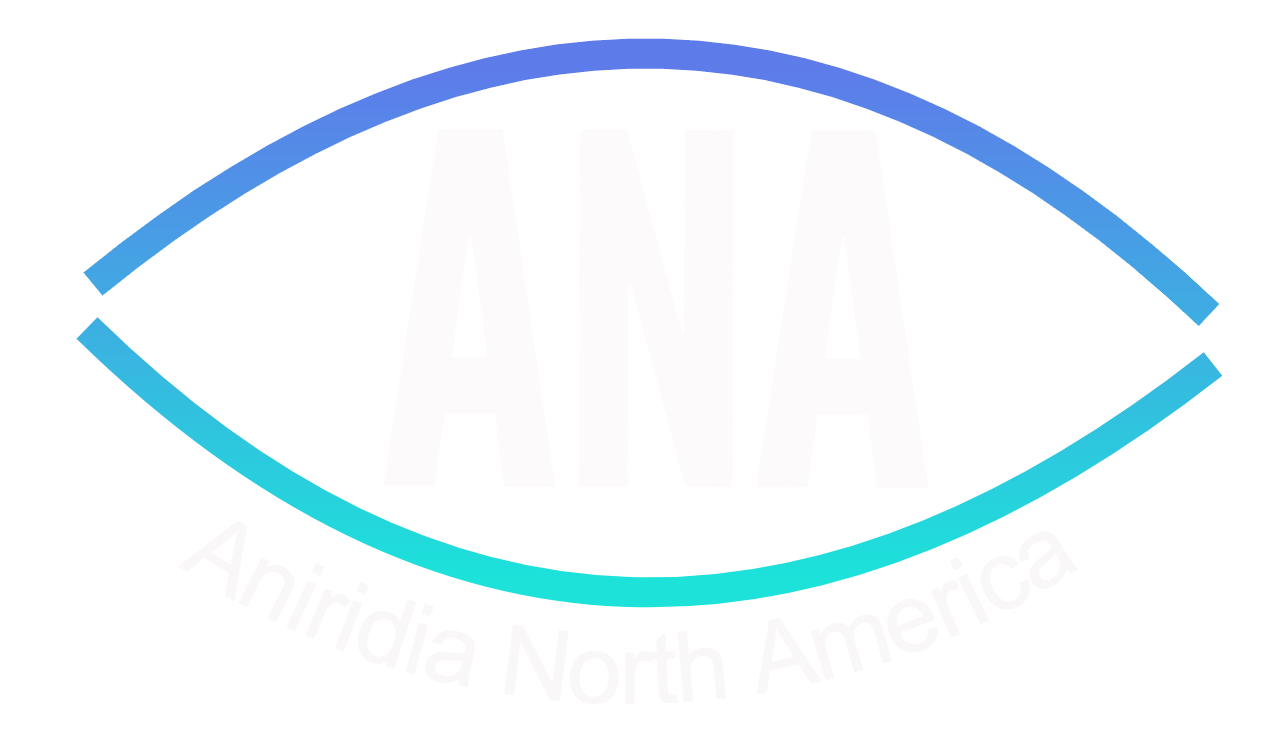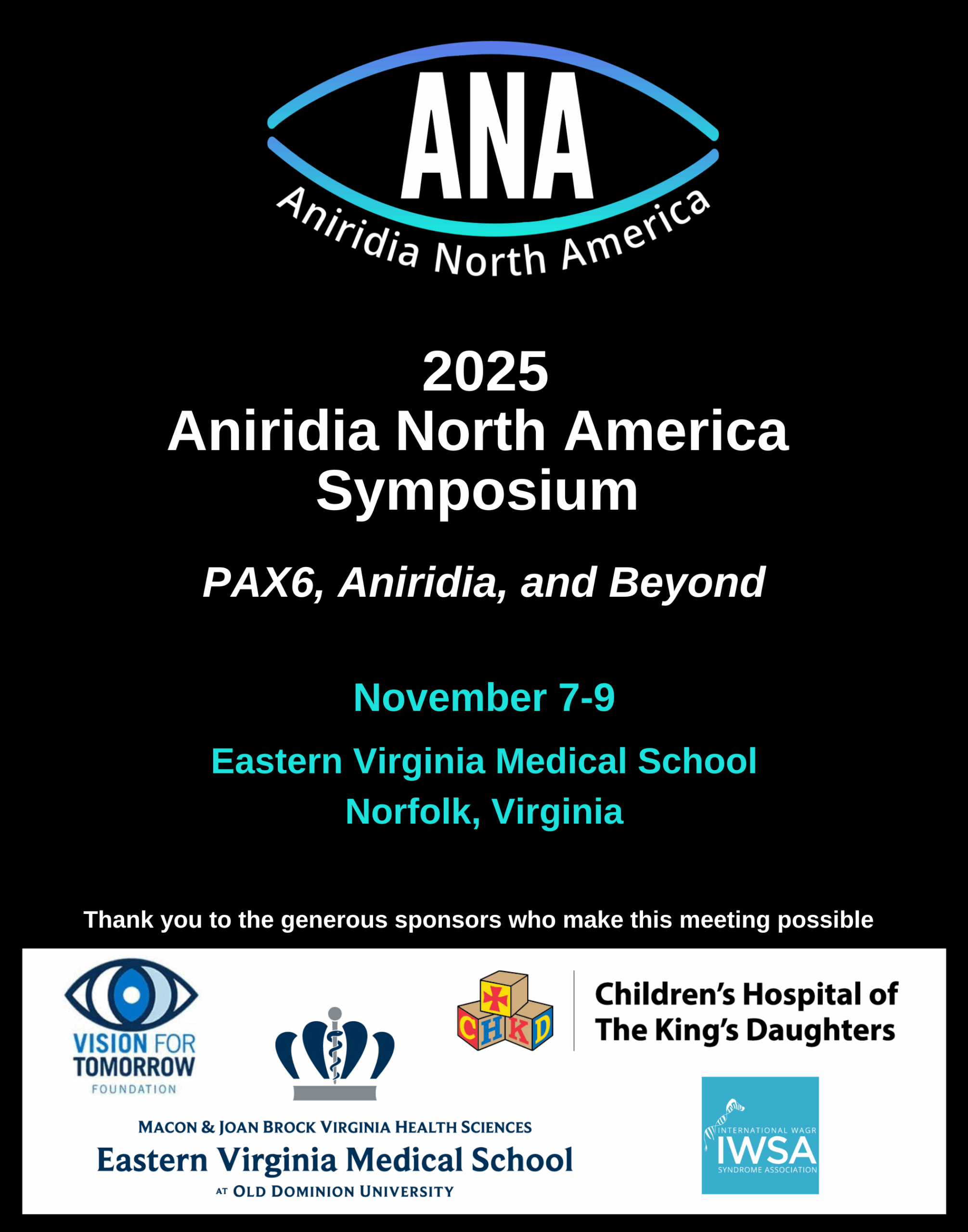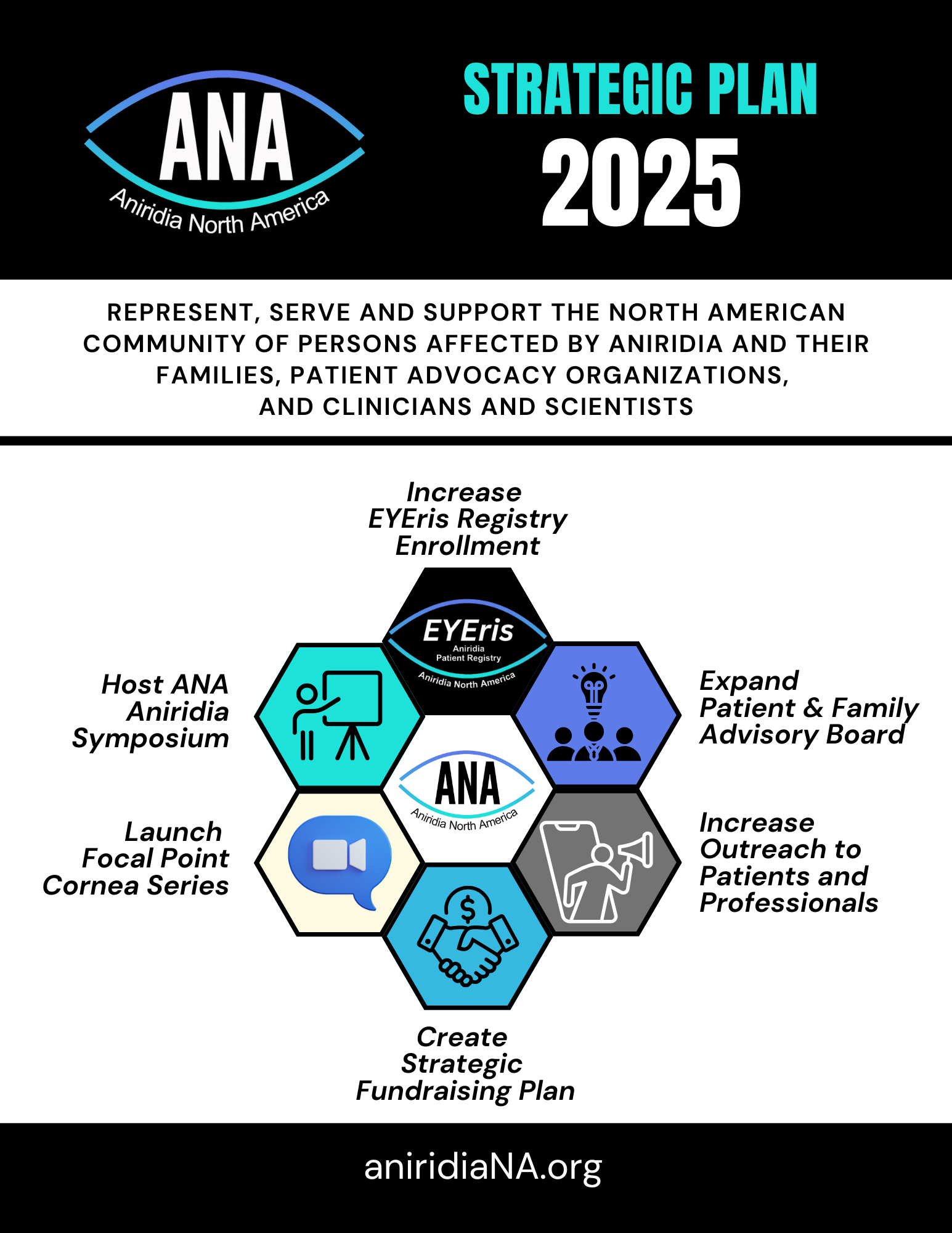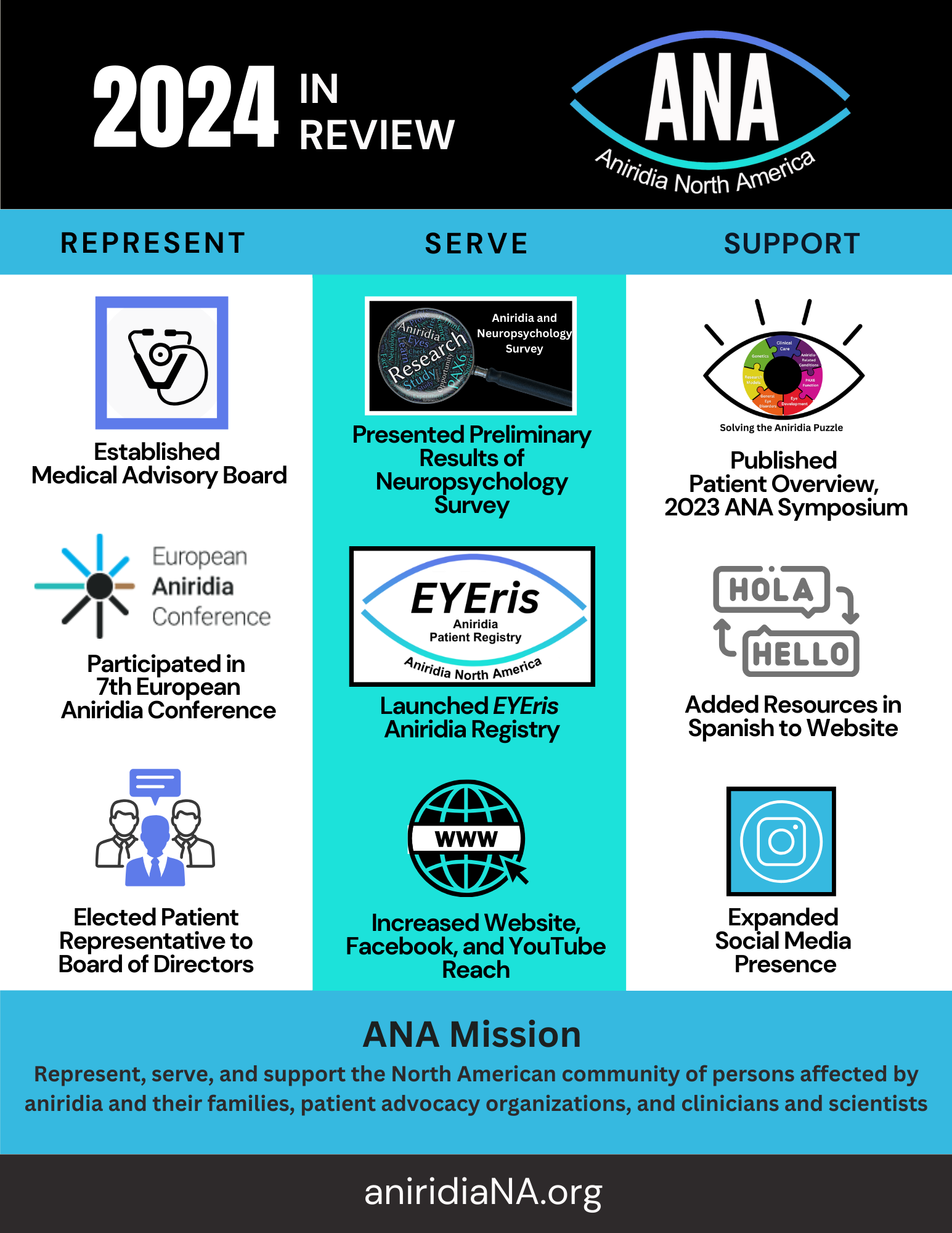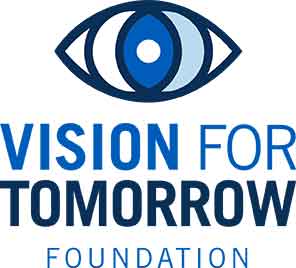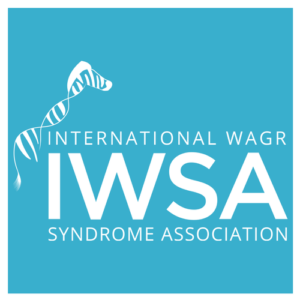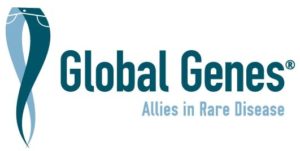The ANA Mission
Represent, serve, and support the North American community of persons affected by aniridia and their families, patient advocacy organizations, and clinicians and scientists
ANIRIDIA North America
REPRESENT
SERVE
SUPPORT
ANA Vision
To assist North American aniridia-related patient advocacy organizations, coordinate with international organizations, strengthen and expand research, promote dissemination of information, and support clinical providers to improve outcomes for individuals with aniridia.
ANA Values
Fair representation for all aniridia-related stakeholders in North America, with meaningful, transparent, inclusive engagement.
Latest ANA News
Focal Point Episode 6 – The Aniridic Cornea: Research
Guest: Ali Djalilian, MD Ali Djalilian, MD is a cornea specialist and a clinician-scientist. He is the Searls-Schenk Professor of Ophthalmology at…
ANA Announces Biennial Symposium
Aniridia North America (ANA) announces its biennial scientific event to strengthen and expand research focused on aniridia and related problems. The 2025…
Focal Point Episode 5 – The Aniridic Cornea: Treatment
Guest: Albert Cheung, MD Dr. Albert Cheung is part of the skilled Cornea team at Virginia Eye Consultants in Norfolk, VA. Dr….
2025 Strategic Plan
The ANA Board of Directors is looking forward to another great year in 2025. The infographic below highlights some goals set for…
2024 Year In Review
Thank you to all who supported and donated to ANA in 2024. Thanks to your support, great things were achieved! The ANA Board of Directors is looking forward to another great year in 2025.
Here is a snapshot of the accomplishments from 2024 complete with links to information as appropriate.
What is Aniridia?
Aniridia is a rare genetic condition generally characterized by either the complete or partial absence of the iris, which is the colored part of the eye.
The word “aniridia” means “without iris”. The lack of iris is often the first and most noticeable feature of aniridia.
Aniridia can lead to complications with the eye including but not limited to:
- glaucoma
- cataracts
- corneal keratopathy
- strabismus
- nystagmus
- foveal hypoplasia
Aniridia and related complications present differently in each individual.
Recent research indicates that non-ocular conditions can also occur with aniridia. Some of these conditions include:
- central auditory processing disorder
- sleep disturbances
- brain abnormalities
- issues with the pancreas
Research is ongoing to better identify and understand these and other associated conditions.

Join ANA
Membership in ANA is free and open to anyone interested in aniridia. Whether you are a patient, family member, educator, clinician, scientist, or a patient advocacy organization, you are welcome here.
Sign up to receive updates and information from ANA. We know that alone we are rare, but together, we are strong.
North American Partner Organizations
ANA aims to augment the efforts of, facilitate interaction between, and provide support for groups and organizations focused on aniridia-related problems, with an inclusive approach and meaningful engagement. This includes coordinating and synergizing the efforts of these groups with similar international organizations.
